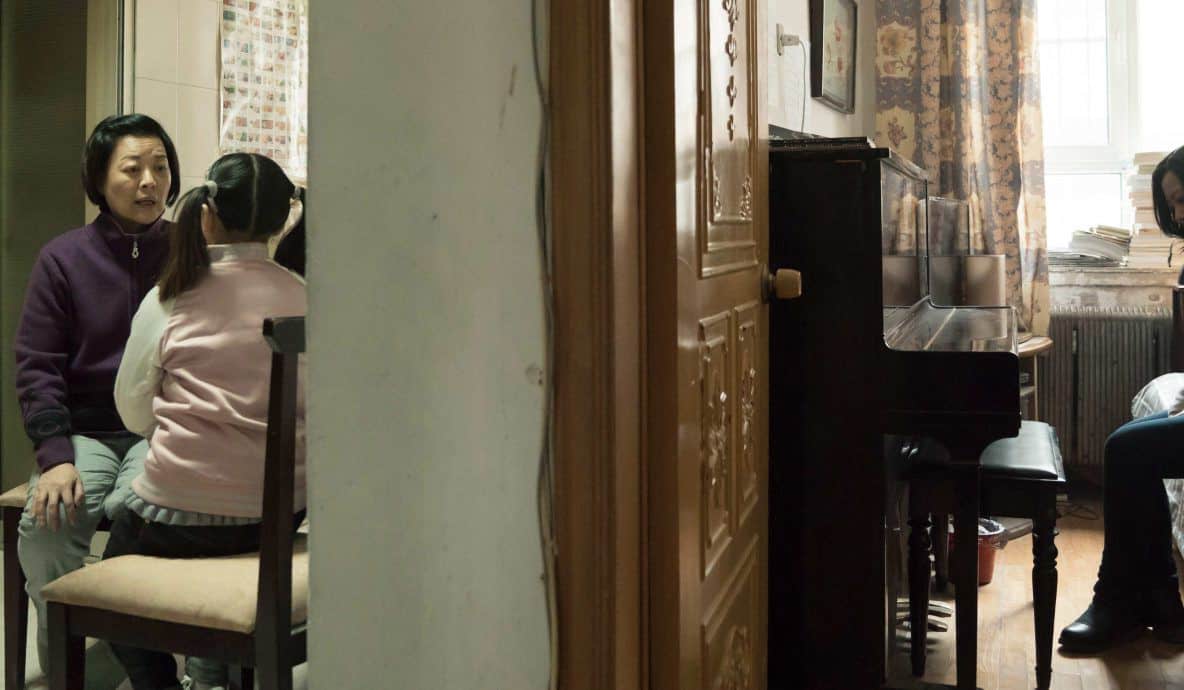by Paweł Mizgalewicz
If you are interested in the boundaries of cinema, then Korean “Empty” can definitely serve as an example of what you can do with the artform, or perhaps: how little can you do. How few shots, how little movement, how little editing – you know, things that often are mentioned as the definition of what a film even is. This one could almost be called… photos. “Empty” will make it into some film textbooks, even if it won't make it into your local cinema. “Honestly, I think that if I showed this movie in Korea, most of the people would walk out during the screening”, said director Kil Min-hyeong in Wrocław, at the site of his film's public debut. “Korean viewers prefer intensive films, with a lot of stimuli, like ‘Parasite'”. It might seem funny that Bong Joon-ho's instant classic can be given as the first example of an action bonanza, but fair enough – compared to “Empty”, it is. Compared to “Empty”, basically everything is like “The Raid”. The official blurb in the festival's media says it with pride: compared to “Empty”, even the films of Tsai Ming-liang are action movies.
Empty is screening at New Horizons

To be honest, if most extreme in form, “Empty” is still derivative in many ways. The static shots are indeed clearly inspired by Tsai Ming-liang, and 30 plus years after the Malaysian's debut, you can identify a kind of template. Not to say that Tsai has become such a cult figure of art cinema without a good reason: this language works and makes an impact. It is suited to a specific range of emotions and subjects, but Kil tries to push the window open a bit wider, and he is going to make you feel something quite different, if you feel anything at all about such a movie-not-movie. For sure, it's dark and lonely like as we'd expect, but in a more abstract, more purely visual way, so the effect will probably be more psychological for most viewers, instead of doing any kind of a social commentary.
The characters are truly alone in the dark, or they stand in some ruined, useless has-been spaces, often among rubble of sorts. Other people are very far away, except in one shot/scene/sequence in which the two characters appear next to each other, near a bench, presumably a bench where you wait for a bus on. The characters don't interact in that scene either; it's more like they exist next to each other, kind of like ghosts, moving not step-by-step but rather frame-by-frame. They stare into space, sometimes outside of the shot, sometimes literally at the wall.
Check also this interview
Interestingly, in such a collection of super long, static shots, the soundscape gains an enormous meaning, even if it's also quite uneventful. We're mostly surrounded by a distant urban noise, we hear some water flowing and dripping, a lot of it is just air. But the important part in the cinematic experience here is that we do feel surrounded by it, which makes us aware of the grand space outside of the screen, and so – involves us in the scene and exacerbates the feeling of solitude. The occasional silence, just like the rare camera movement, really becomes a meaningful event in this kind of a movie. For the viewer this is addressed for, it can become wonderfully involving – because there are so few of them, every detail is something to look deep into and feel. All in all, those are not just photos – it's a very, very deliberate movie, but in a way it uses the same means as the “fast” ones.
There is a tone of overwhelming sadness, for most of the time, the protagonist's face certainly portrays various stages of devastation throughout – but we're totally free to make up a story. Is it a story of a breakup? Or about dealing with death? Maybe something more philosophical, or maybe completely nothing? The Q&A with the director did little to aid, as Kil said: “I was trying to think as little as possible about the emotions, to leave all of that for the viewer's interpretation”. Well, you can try. It's hard to say if Kil's unique effort will ever go global and have some kind of presence, at least in film festival or art gallery spaces, but it's a noteworthy experiment, and to experience it in an almost-full cinema room was surprisingly enjoyable. Tsai isn't matched, but is honored.















